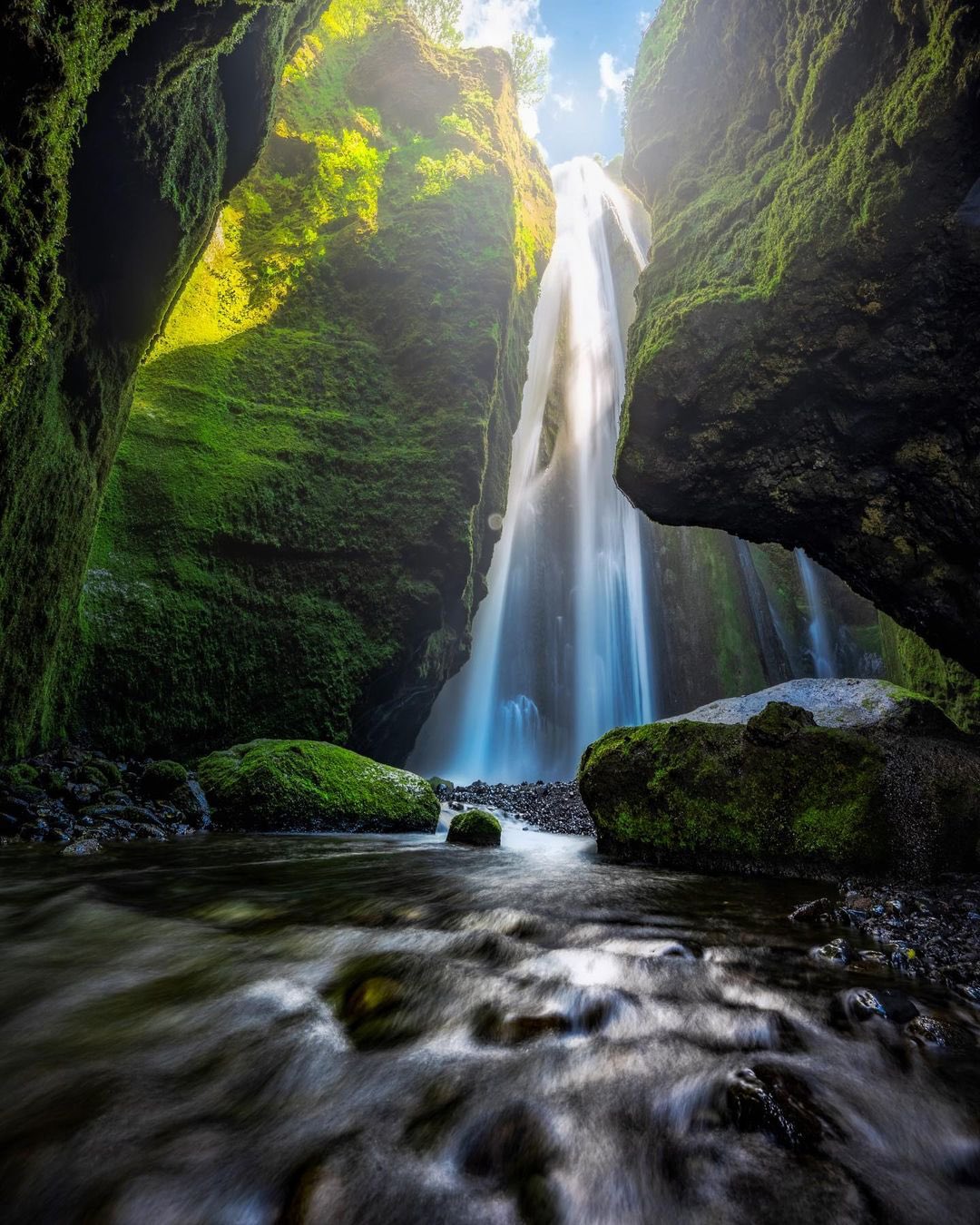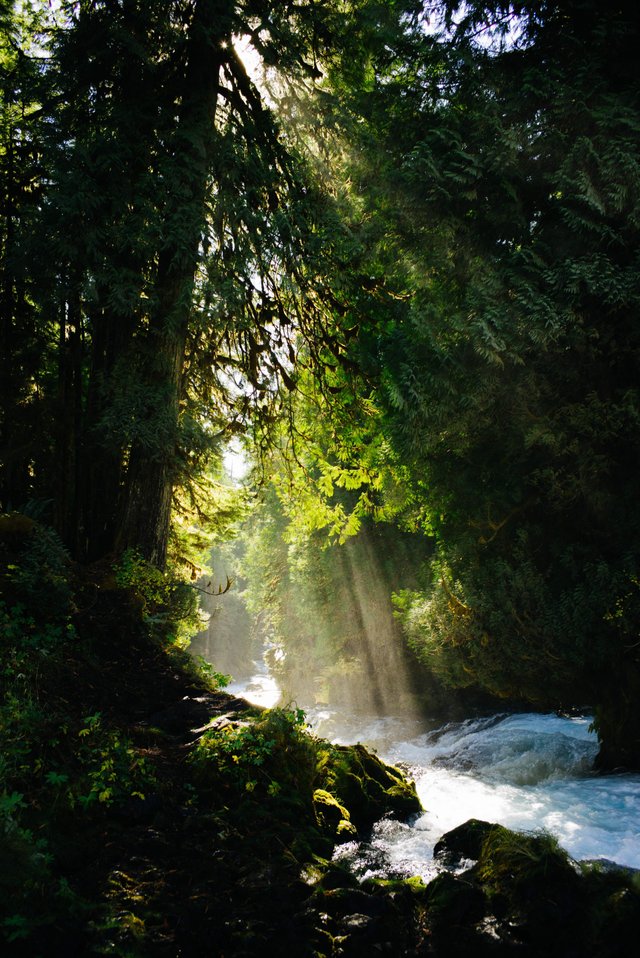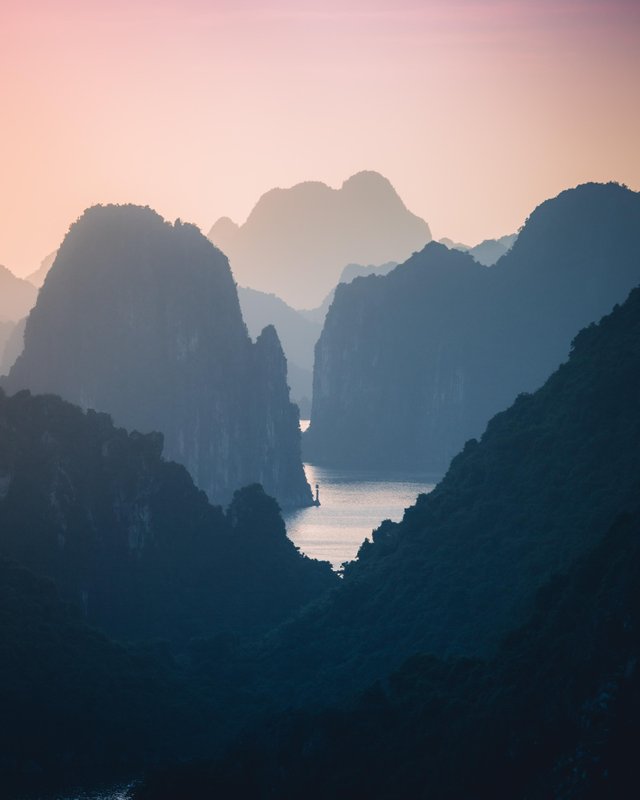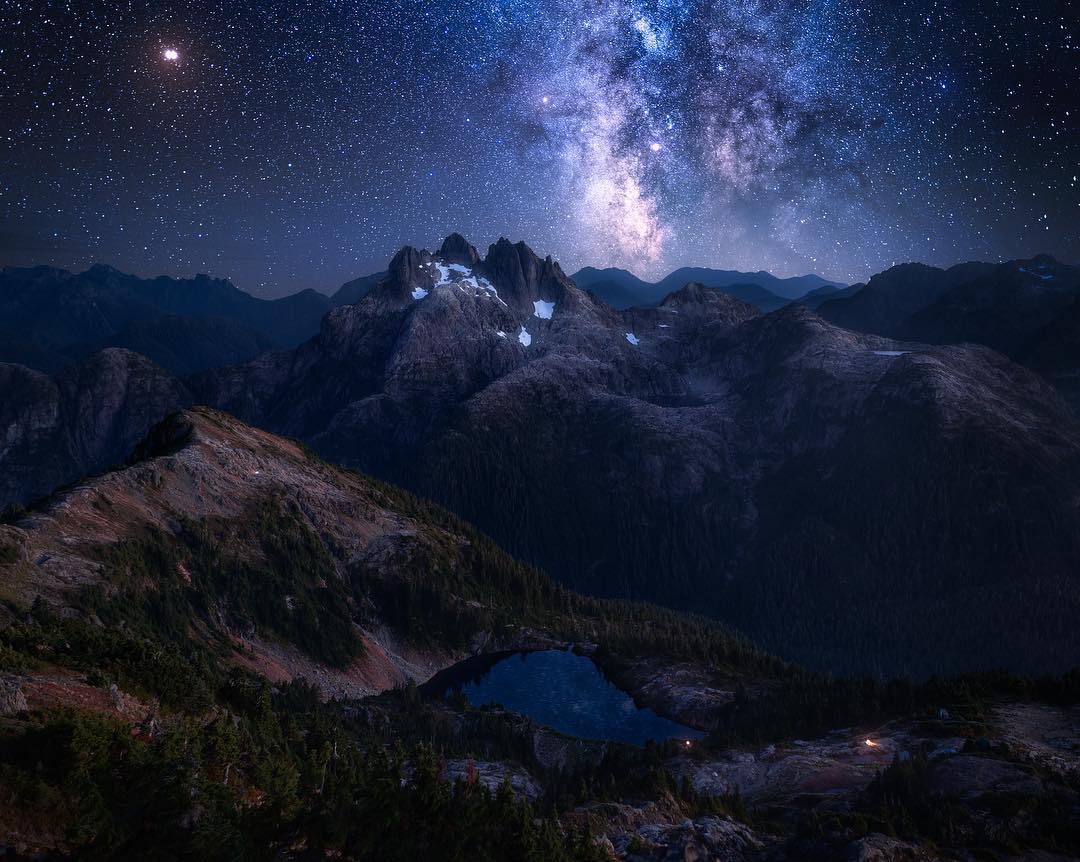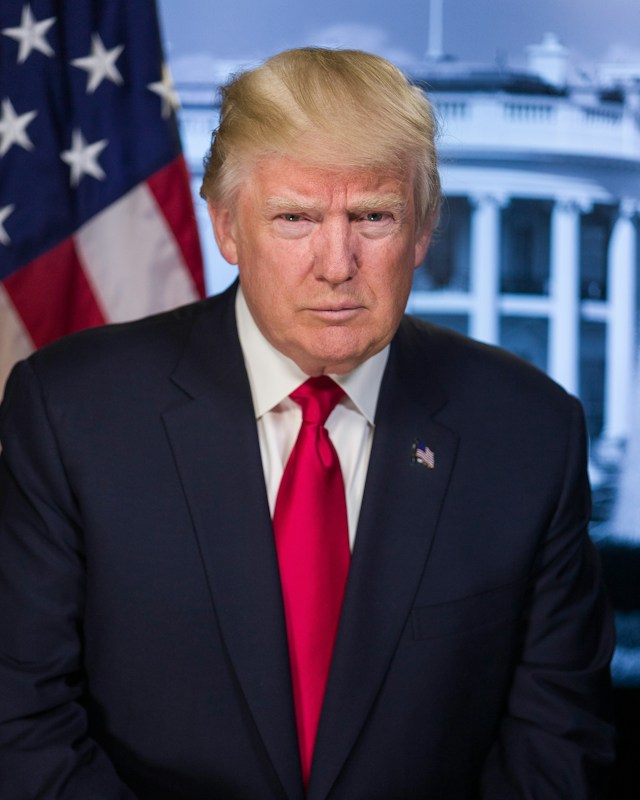Back in 2009, the release of the first ‘Avatar’ film caused a tremendous stir by shattering multiple box office records. It became the highest-grossing movie of all time thanks to its $2.79 billion in worldwide box office receipts. However, after all of these years, “Avengers: Endgame” has at long last surpassed it. Even still, based on what we know about it, the ‘Avatar’ movie series is only getting started, and the vast depths of the myths and geographies of Pandora have yet to be explored in any significant way.
When it comes to Pandora, the lofty concept and elaborate world-building aspects that Cameron included into his fictitious universe are what give it a depth of sophistication. Because of this, one of the main reasons why the shooting locations for the sequels would be important in recreating the visual high point of the first movie is how similar they are to the original. Here is all that we know about the sites that were used to shoot “Avatar 2,” despite the fact that many specifics on the filming of the sequels are still being kept under wraps.
Places Where Avatar 2 Was Filmed
Even before the first movie had its premiere, James Cameron had the goal of being able to produce at least two sequels to the first movie in the series. The premieres of the sequels were initially planned to take place in 2014 and 2015, but since then, the release date of the films has been pushed back even further. This is because James Cameron wanted to take his time writing the scripts to ensure that they were done to the highest possible standard. It’s not really fair to call them delays. We had great hopes that we would be able to get started soon even before the scripts were prepared. If there are no scripts, then there is nothing, is that not correct? According to him, writing the screenplays took a total of four years.
Later on, James Cameron stated that ‘Avatar’ would not have two cinematic sequels, but rather four, and that production for all of them would take place at the same time. Shooting of “Avatar 2” began on August 15, 2017, shortly after Cameron had completed writing the screenplay for the sequel. Manhattan Beach, California served as the principal filming site for the production. Later, in the year 2019, it was revealed that New Zealand will also play a significant role as one of the sequels’ primary shooting sites.
Manhattan Beach, California
The Manhattan Beach Studios (MBS) Media Campus served as the primary location for the majority of the filming that was done for the impending “Avatar” sequels. The 22-acre Manhattan Beach Studios complex has a total of 15 sound stages; in 2011, Cameron’s Lightstorm Entertainment signed a lease for 10 of those stages. Each of them was adapted for the production of the picture in such a way that it would be possible to shoot all of the ‘Avatar’ sequels in a manner that would not contribute to global warming.
It has been reported that there are 36,000 solar panels covering all ten of Lightstorm’s stages, which together generate around one megawatt of electricity. Mike Newport, Executive Vice President of MBS, gave further information, which included the fact that the cast and crew of the film will also work in New Zealand, and that while they are doing so, data would be sent between the two countries. In the months after the launch of the primary shooting in September 2017, director James Cameron said that the actors were putting their skills to the test in preparation for the filming of underwater sequences. Cameron subsequently provided the following information in an interview with Collider: “We’re receiving incredibly fantastic data, wonderful character motion, and amazing face performance capture. We have, in essence, deciphered the secret.”
In this shot from the film’s set, director James Cameron can be seen giving instructions to the cast members just before they enter the water:

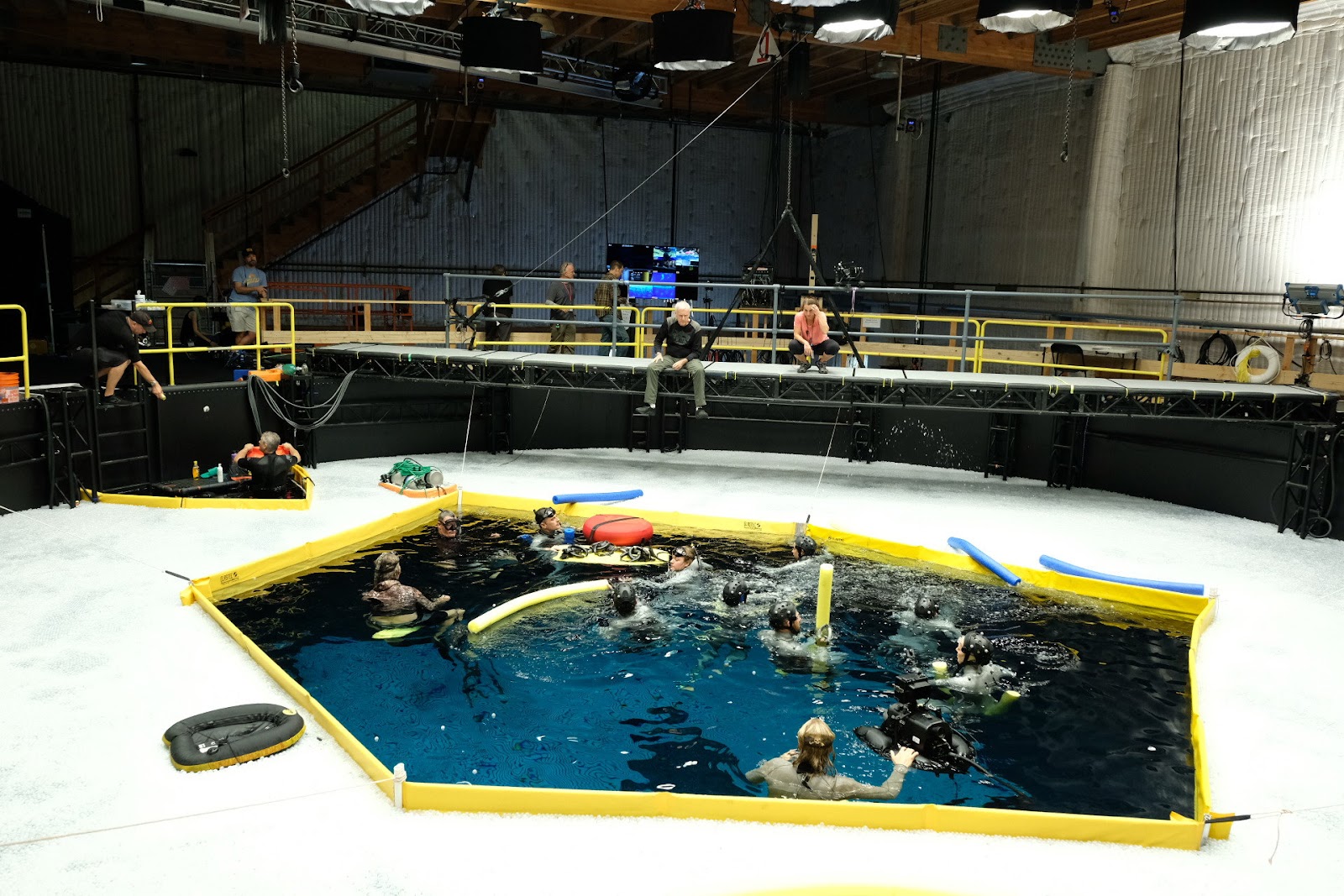
Wellington, New Zeland
In May of 2018, it was disclosed that the motion capture production of the sequels was almost finished, and that in order to begin pre-production on the live-action portion of the film, the cast and crew of the movie would be travelling to New Zealand for a period of six months. This would take place. Filming of the live-action sequences for Avatar 2 and 3 got underway in the spring of 2019, and on November 29th, the production of the picture for 2019 was officially wrapped up with a tweet.

Yep! We’ll be back in New Zealand in 2020 with more new sets.
— Avatar (@officialavatar) November 29, 2019
The most current information on the making of ‘Avatar’ is that the production of the movie has been indefinitely halted as a direct result of the widespread coronavirus outbreak. According to a local news source, Jon Landau also disclosed that the production will still continue in Los Angeles, but that the virtual production and visual effects would be carried out in Manhattan Beach, California, and Weta Digital in Wellington, New Zealand, respectively.
Recently, the official Avatar Twitter and Instagram accounts revealed four gorgeous pieces of concept art of Pandora on their respective platforms. Have a look at it down here:
In the #Avatar sequels, you won’t just return to Pandora — you’ll explore new parts of the world.
Check out these brand new concept art pieces for a sneak peek at what’s to come. pic.twitter.com/bfZPWVa7XZ
— Avatar (@officialavatar) January 7, 2020
Actual locations similarity in Pandora
James Cameron, the filmmaker of the science fiction picture Avatar, dreamt up a hypothetical world for the film in which mankind strive to harvest unobtanium on the mythical exoplanetary moon, Pandora. The film was released in 2009. The moon, which is similar to Earth, is home to a number of different types of flora and wildlife, including the intelligent native humanoid race known as the Na’vi.
The following are some actual locales that were rendered virtually in the film.
